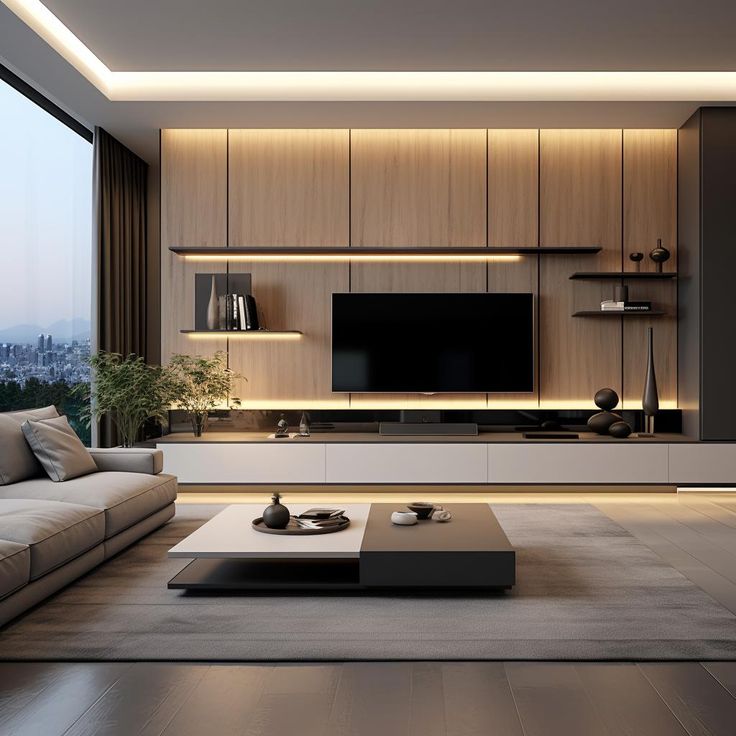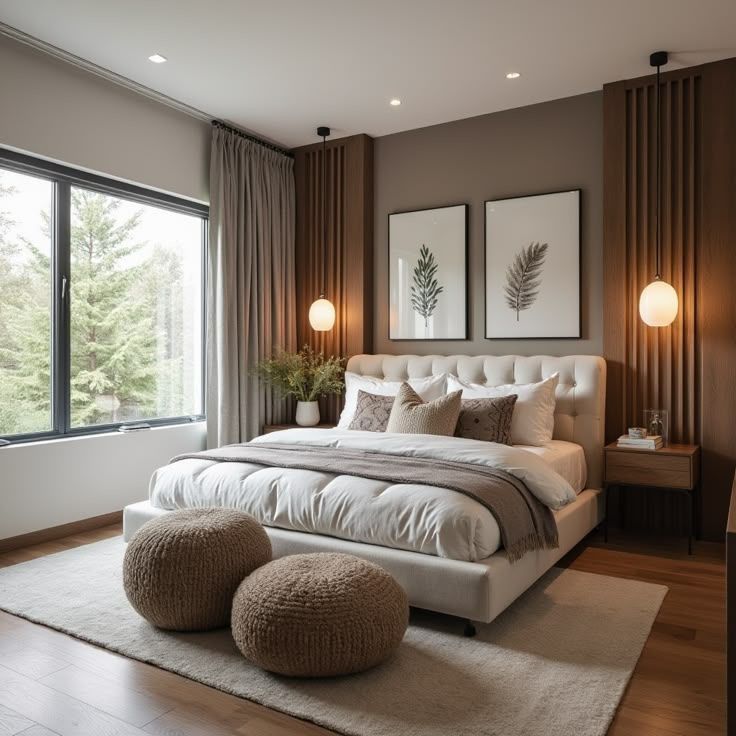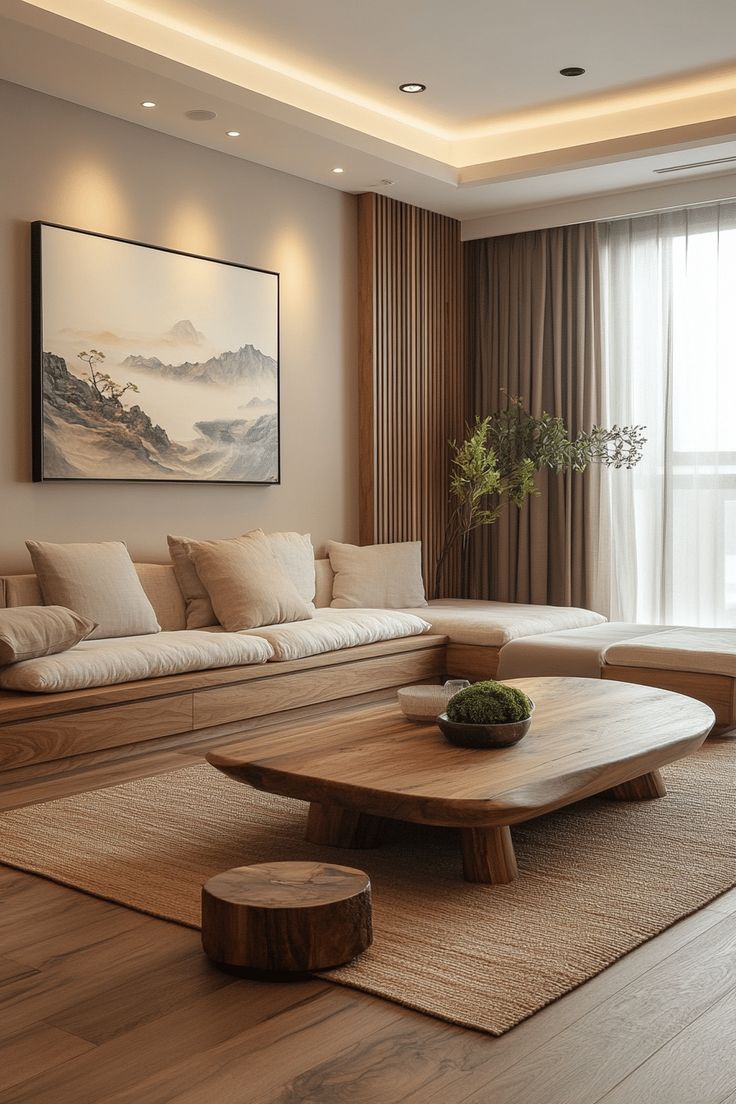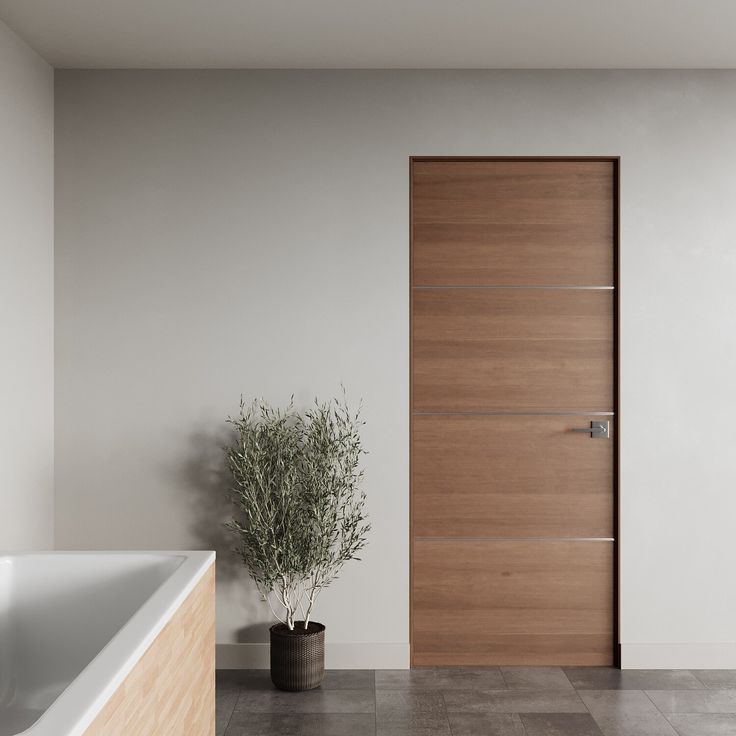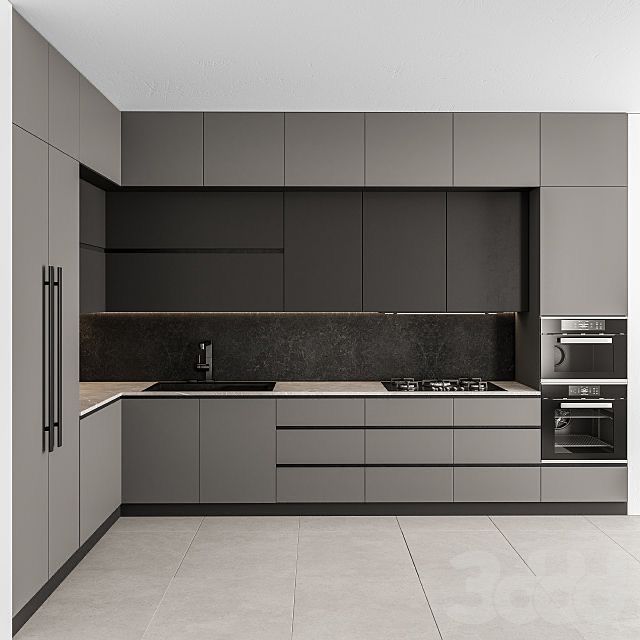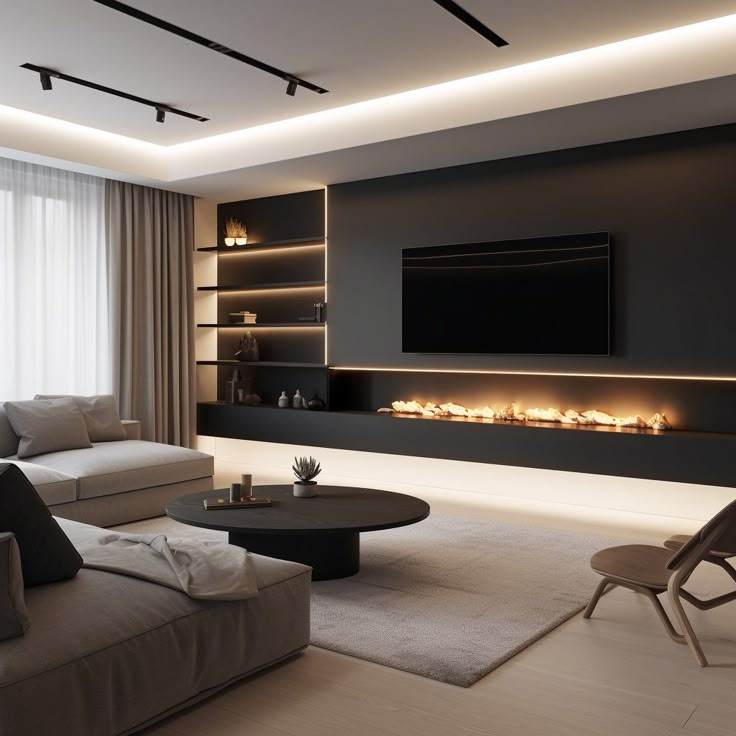Total Cabinetry And Joinery Solution
ENG
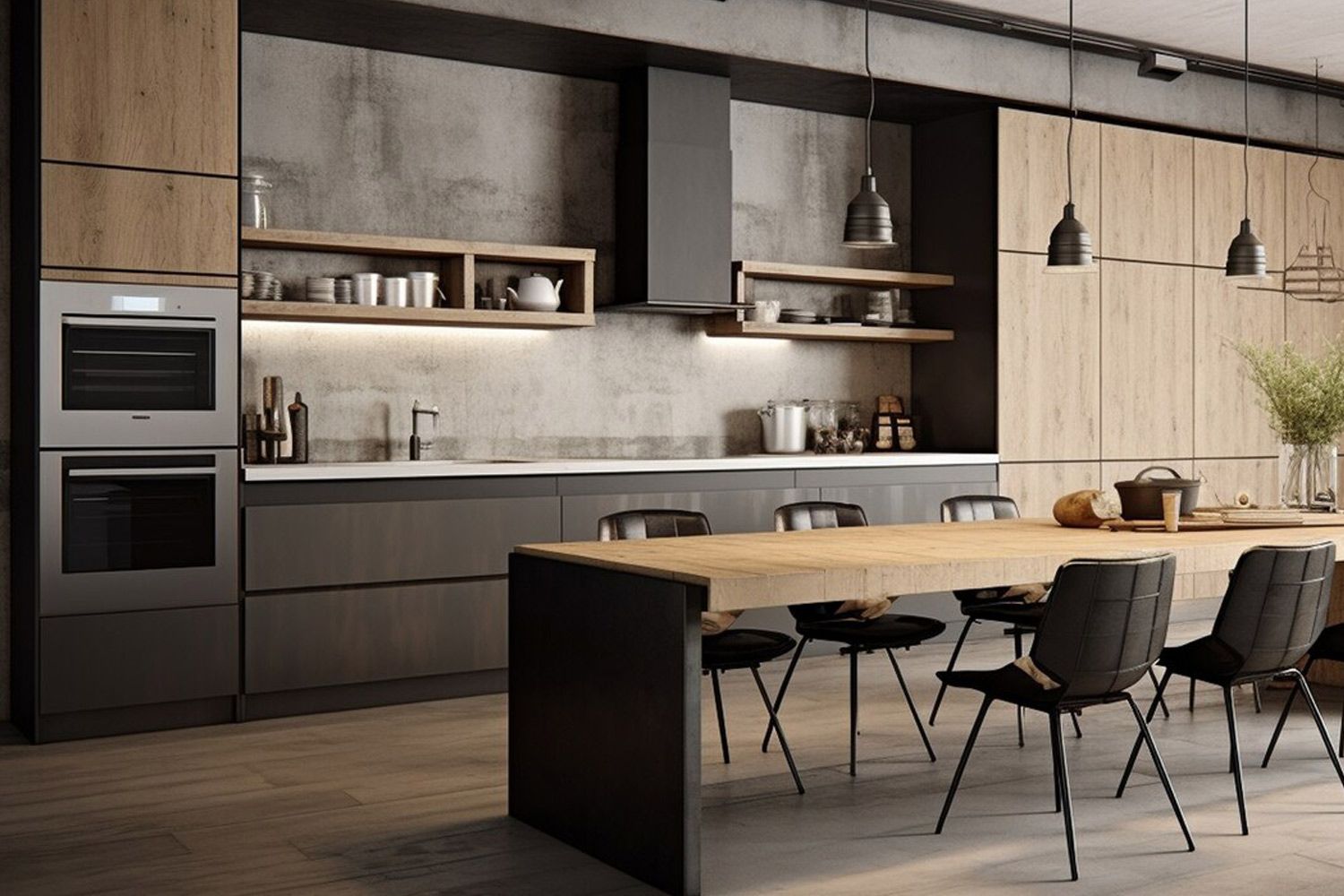
When choosing kitchen cabinets, durability is often the top concern for homeowners, developers, and commercial projects. Wood cabinets are favored for their natural warmth and style, while stainless steel cabinets are renowned for their resilience in wet, high-use environments.
This article provides a detailed comparison between wood and stainless steel cabinets, focusing on structural strength, water/fire resistance, aging, maintenance, aesthetics, and pricing, helping you decide which is best for your kitchen or project.
| Attribute | Wood Cabinets | Stainless Steel Cabinets |
|---|---|---|
| Core Materials | Solid wood, plywood, particleboard | SUS304/SUS201 stainless steel |
| Thickness | 16–18mm (standard), 20mm (premium) | 0.8–1.2mm panel + frame |
| Construction | Wood boards + metal or wood framing | Full metal welded or composite honeycomb frame |
| Surface Finish Options | UV lacquer, PET, HPL, melamine | Brushed steel, nano matte, anti-fingerprint coating |
Tip: Stainless steel has superior deformation resistance. However, well-processed plywood or solid wood cabinets offer good rigidity and customization flexibility.
1、Wood Cabinets:
1、Susceptible to moisture, swelling, and mold if not sealed properly.
2、Fire risk is higher unless special fire-retardant coating is applied.
2、Stainless Steel Cabinets:
1、Naturally waterproof and fire-resistant.
2、Ideal for high humidity, commercial, or coastal kitchens.
Tip: For high-moisture environments (e.g., Southeast Asia, Middle East), stainless steel is the better choice.
| Feature | Wood Cabinets | Stainless Steel Cabinets |
|---|---|---|
| Lifespan | 10–15 years (standard), 20+ years (premium) | 20–30 years |
| Aging Issues | Swelling, veneer peeling, termite risk | Fingerprints, dents, minor discoloration |
| Durability in Harsh Conditions | Moderate | Excellent |
Insight: Stainless steel is ideal for long-term use with minimal performance degradation, especially in commercial environments.
1、Wood Cabinets:
1、Require regular cleaning and protection from water/oil.
2、Surface scratches may be hard to fix.
3、High-gloss lacquer needs extra care.
1、Stainless Steel Cabinets:
1、Easy to wipe clean.
2、Resistant to bacteria buildup.
3、Fingerprint marks are common unless treated with nano coating.
Tip: For restaurants, hotels, and rental units, stainless steel saves time and maintenance costs.
| Style | Wood Cabinets | Stainless Steel Cabinets |
|---|---|---|
| Modern | ✅ Multiple textures and finishes | ✅ Brushed/matte finishes |
| Nordic/Scandi | ✅ Woodgrain textures | ❌ Limited options |
| Industrial/Minimalist | ❌ Rarely used | ✅ Perfect fit |
| Luxury/Simplistic | ✅ UV lacquer, natural veneers | ✅ Nano stainless for sleek look |
Tip: Use stainless steel for contemporary or industrial spaces. For warm family kitchens, wood delivers better ambiance.
| Factor | Wood Cabinets | Stainless Steel Cabinets |
|---|---|---|
| Average Cost | Lower, more budget-friendly | Higher, especially premium steel |
| Large-Scale Projects | ✅ Suitable | ⚠️ May raise project cost |
| Customization | High flexibility in design | Moderate, limited by steel sheet size |
| Scenario | Recommended Type | Reason |
|---|---|---|
| Home kitchens | Wood Cabinets | Warmth, affordability |
| Commercial kitchens | Stainless Steel | Sanitary, easy to clean |
| Coastal / Humid regions | Stainless Steel | Moisture-proof |
| Minimalist luxury homes | Nano Steel / Matte Wood | Sleek aesthetics |
| Real estate projects | Wood (RTA or flat-pack) | Cost-effective, scalable |
Both wood and stainless steel kitchen cabinets have their strengths and ideal use cases.
1、If you're looking for warm aesthetics, customizable styles, and cost-effectiveness for residential or bulk housing projects, wood cabinets are the right fit.
2、On the other hand, if durability, hygiene, and moisture-resistance are your top priorities—especially for commercial kitchens, rental apartments, or humid regions—then stainless steel cabinets offer unmatched performance.
👉Ultimately, the best choice depends on your project type, budget, design vision, and long-term usage needs.
